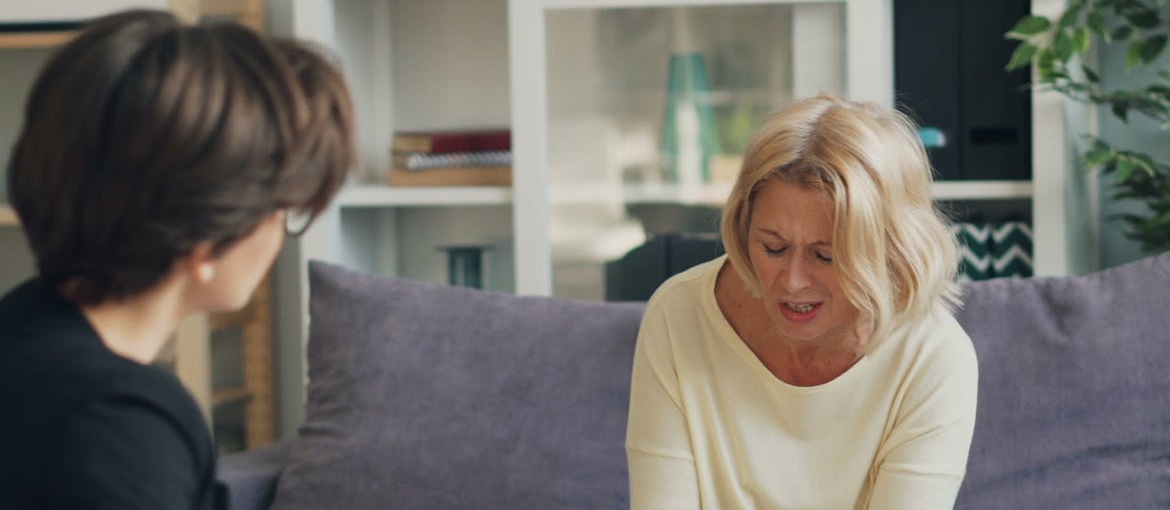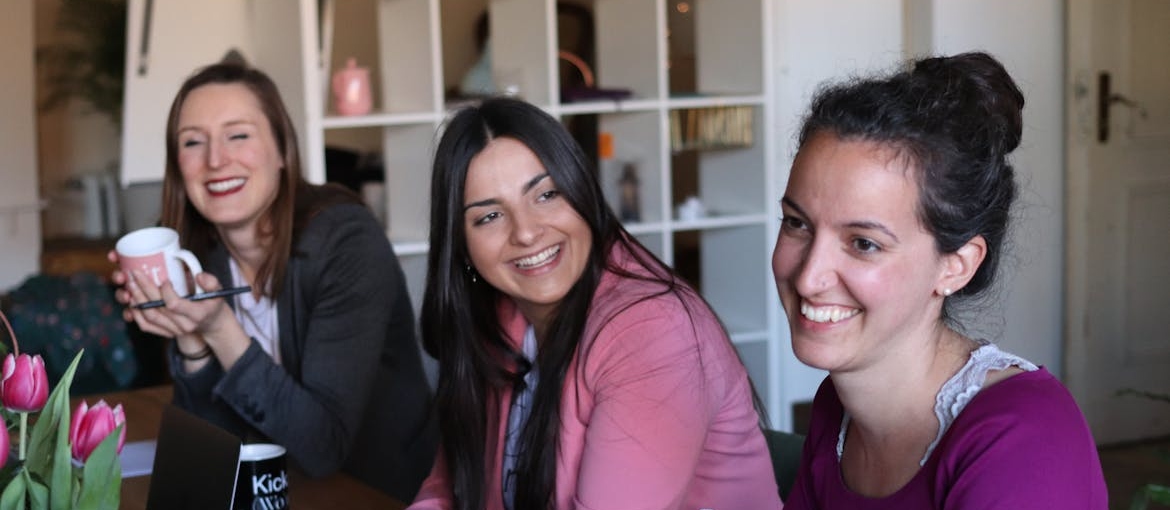Leaving abuse is a huge step, but healing doesn’t stop there. You might still feel unsafe, confused, or alone. Many survivors face fear, trauma, or even substance use after leaving. These things are common—and they don’t mean you’ve failed. Recovery can help you feel stable again. You don’t have to rush it. Step by step, domestic violence survivors can rebuild safety through recovery. It starts with support, the right tools, and a safe place to talk. Some people need therapy. Others may need help with addiction or mental health. A West Virginia treatment center can offer both. No matter what you’ve been through, recovery is possible. We’ll share what helps, what to expect, and how to feel more secure again. You’re not alone—and you don’t have to figure this out on your own.
Understanding the Impact of Domestic Violence
Abuse affects more than just the body—it changes how survivors see the world and themselves. It often leads to isolation, low self-worth, and difficulty trusting others. For some, it also creates a link between trauma and substance use. Many survivors turn to drugs or alcohol to block out memories or cope with fear.

The connection between drugs addiction and domestic violence in West Virginia continues to affect families and communities across the state. Children in these homes face increased risks of trauma and mental health issues later in life. Survivors may develop anxiety, depression, or PTSD, even long after the abuse ends. Recovery takes more than safety—it takes time, support, and consistent care to rebuild what violence tried to erase.
Creating a Safe Environment After Abuse
Safety after abuse isn’t just about leaving the person who hurt you. It’s about changing your surroundings and creating routines that protect your mental and physical health. It’s also important to understand that drugs associated with violent acts can still show up in your environment. That’s why staying clean and avoiding risky situations can help keep you safe. These actions can support your long-term healing and help you feel more in control of your life:
- Replace old routines that feel unsafe
- Stay away from locations tied to past trauma
- Secure your home with alarms or new locks
- Avoid triggers like certain music or people
- Join a support group for survivors
- Remove substances from your space
Mental Health Support for Survivors
Domestic violence survivors can rebuild safety through recovery, but it takes time and the right support. Therapy, trauma-focused treatments, and finding the right therapist can make a big difference. Each part of the healing process comes with its own steps. Some survivors face addiction, others cope with deep emotional wounds. This section offers insight into how survivors can access support, explore treatment, and begin recovery in ways that feel safe.

The Role of Therapy in Domestic Violence Recovery
Therapy gives survivors the space to feel heard and rebuild trust. Talking with a trained counselor can help people make sense of their experiences. Many survivors turn to therapy after years of hiding pain. Some face substance use issues tied to trauma. In these cases, addiction treatment for women can support both emotional healing and sobriety. Therapy also helps survivors set new boundaries and rebuild self-worth.
Group therapy offers connection, while one-on-one sessions allow for personal focus. It’s also a key part of addiction treatment for abuse survivors who want long-term stability. If you’re unsure where to start, many domestic violence hotlines can connect you with trauma-informed providers. Therapy won’t undo the past, but it can make the future feel manageable. Domestic violence survivors can rebuild safety through recovery, and therapy can guide that first step.
Trauma-Focused Treatments Like EMDR and CBT
Trauma can change the way your brain works. That’s why targeted treatments like EMDR and CBT matter. These therapies are designed to work with the brain’s healing process. EMDR uses eye movements to help reprocess painful memories. CBT focuses on changing harmful thought patterns. Both methods help survivors feel more in control. Some survivors need structured care, and that’s where a partial hospitalization program West Virginia providers offer can help.
These programs give daily support without full-time admission. Trauma-focused care isn’t about reliving pain. It’s about learning how to live beyond it. These methods can also help with healing from addiction and domestic trauma, especially for those who feel overwhelmed. If you feel stuck or numb, trauma therapy might be your next step. Domestic violence survivors can rebuild safety through recovery when they have the right tools.

Finding the Right Therapist for Abuse Recovery
You need someone who gets it. A good therapist won’t judge you or rush your story. The right one will make you feel safe, seen, and supported. That’s important when you’re pregnant and hiding an addiction or carrying other private struggles. Look for therapists with experience in trauma and abuse. If addiction is involved, ask if they treat how addiction affects survivors of domestic violence.
Therapy should never feel like another fight. Many survivors work with counselors online, which can be more comfortable. Ask questions before you commit. You can also ask local shelters or advocacy centers for suggestions. Finding the right fit might take time, but it’s worth it. Domestic violence survivors can rebuild safety through recovery, especially when they’re not doing it alone.
Building a Support System That Helps You Heal
Healing happens faster when you don’t feel alone. A strong support system reminds you that you’re not the only one dealing with this pain. When the people around you respect your limits, listen without judgment, and show up consistently, things start to shift. It’s even more helpful if you can find others who’ve gone through something similar. Domestic violence survivors can rebuild safety through recovery, especially when surrounded by care and accountability.
Why Support Networks Are Essential for Survivors
Support networks matter because recovery doesn’t happen in isolation. When you’re feeling lost, someone to call or talk to can stop a spiral. If you’re worried about judgment, look for people who meet you with compassion. This is especially critical for those entering drug rehab for pregnant women, where both emotional and physical support is needed. Survivors with strong support systems are more likely to stick with treatment and avoid relapse.
Being seen and understood is powerful. Many survivors feel like they don’t belong anywhere, but the right network can change that. Whether it’s family, friends, sponsors, or peer support groups, these connections act like lifelines. People need people. Domestic violence survivors can rebuild safety through recovery when those people offer kindness, not control.
How Peer Groups Encourage Emotional Recovery
You don’t have to explain everything in a peer group. The people there already understand. That shared experience creates real trust. You can learn new ways to cope, celebrate small wins, and stay motivated. These groups often meet in person or online. Some are led by therapists, others by survivors. Here are some things you can expect in peer groups:
- Shared experience: Others understand without needing full explanations.
- Safety: It’s easier to speak when you know you won’t be judged.
- Tips and tools: Learn what worked for others in similar situations.
- Motivation: Seeing others heal helps you believe you can too.
- Community: Recovery feels less lonely when you have people beside you.
- Stability: Regular check-ins help keep you focused.
- Growth: Being part of a group encourages long-term healing.

Family Therapy for Domestic Violence Survivors
Family therapy gives everyone involved the chance to heal, not just the survivor. Abuse impacts the whole household, especially children. Sometimes, it creates silence, shame, or confusion that lasts for years. Family therapy can help break that cycle. When guided by a trained professional, it becomes a space for learning how to rebuild safe, honest communication.
Domestic violence survivors can rebuild safety through recovery when the people around them also take part. This kind of therapy doesn’t force forgiveness—it builds understanding, accountability, and support so the future can look different than the past.
Managing Triggers and Preventing Relapse
Triggers don’t always come with warning signs. A sound, a place, or a phrase can take you right back to trauma. That’s why learning to manage triggers is so important. Triggers can also lead to substance use or returning to unsafe relationships. But relapse isn’t a failure. It’s a signal to look deeper. Many recovery programs include relapse prevention strategies like journaling, therapy, and safety planning.
You can also work on recognizing early warning signs. If something feels off, trust that feeling. Your environment matters too—cutting ties with toxic people may be necessary. Domestic violence survivors can rebuild safety through recovery, especially when they plan for setbacks and stay honest with themselves. Having a plan doesn’t mean you expect failure. It means you care enough to protect your progress.
Healthy Coping Strategies for Survivors
Not every day will be easy. That’s why you need tools that work when things feel hard. Healthy coping strategies make recovery feel more possible and more stable. Some work better than others depending on the moment but having options matters:
- Movement: Walking or stretching helps release stress.
- Breathing: Deep breathing calms your system.
- Journaling: Writing gives thoughts a place to go.
- Calling someone: Talking with a trusted person offers relief.
- Rest: Sleep or quiet time helps you reset.
- Art: Drawing or painting can release trapped feelings.
- Music: Soothing songs or playlists improve mood.

Identifying Common Triggers After Abuse
Certain things may hit hard without warning. A specific date, tone of voice, or memory might feel like too much. These triggers can be emotional or physical. Some survivors even experience body memories—like aches or nausea—without knowing why. Others may face reminders that make them crave substances or emotional comfort in unsafe places. Learning your patterns helps.
Talking with a therapist about how are domestic violence and addiction connected can help uncover your unique responses. For many, can trauma from abuse lead to substance use feels less like a question and more like their lived experience. Identifying these triggers gives you back some control. You can’t erase the past, but you can prepare for what it brings up. Domestic violence survivors can rebuild safety through recovery when they learn what affects them.
Avoiding Relapse Into Toxic Relationships or Substance Use
Toxic relationships can feel familiar. That doesn’t make them safe. Many survivors return to harm because it feels normal. Addiction can work the same way. It offers fast relief, then makes things worse. The cycle repeats unless you build something different. Avoiding relapse isn’t just about willpower. It’s about having new habits, boundaries, and safe people.
Think about what does recovery look like for abuse survivors in real life. It often includes distance from triggers and a plan for when cravings or urges hit. If you’re rebuilding safety after domestic abuse and addiction, start small. Say no. Ask for help. Make a list of red flags. The goal isn’t perfection—it’s progress. Domestic violence survivors can rebuild safety through recovery, even when it takes more than one try.

Long-Term Recovery and Self-Empowerment
Healing takes time, and progress won’t always feel obvious. Over the long term, survivors start to rebuild their confidence and sense of self. These actions can support your long-term healing and help you feel more in control of your life:
- Set realistic personal goals and track your progress
- Practice saying no without guilt
- Build emotional resilience to promote health
- Seek therapy to process long-term trauma
- Surround yourself with people who respect your boundaries
- Celebrate your achievements, even the small ones
Reclaiming Your Life After Domestic Violence
Healing after abuse takes time, and that’s okay. You might feel stuck some days or unsure where to start. That’s normal. What matters is taking even one step forward. Support, therapy, and the right programs can help you feel stronger and safer. Recovery is possible. Domestic violence survivors can rebuild safety through recovery, and so can you. You have a right to feel safe again—and to build a life that feels like yours.



